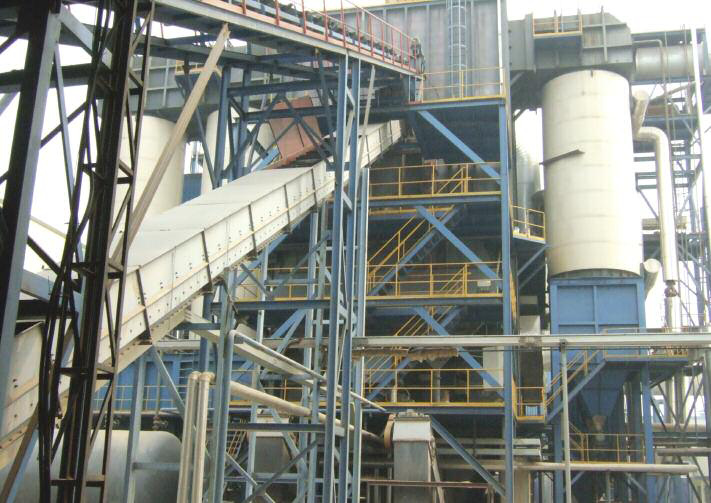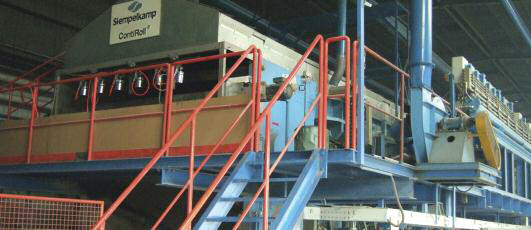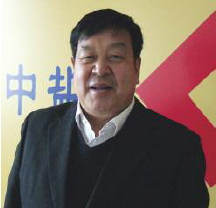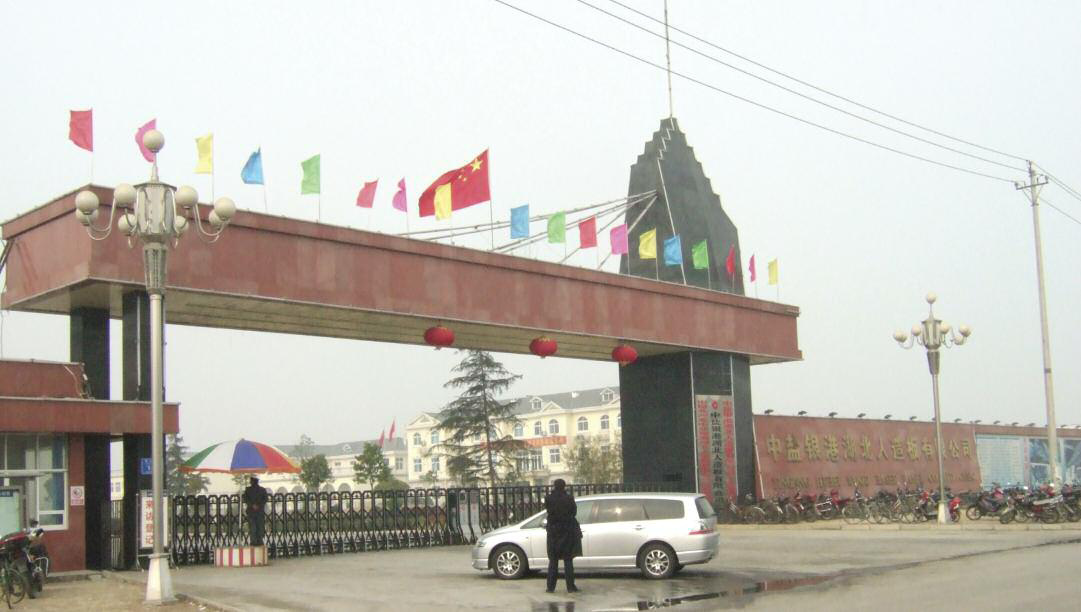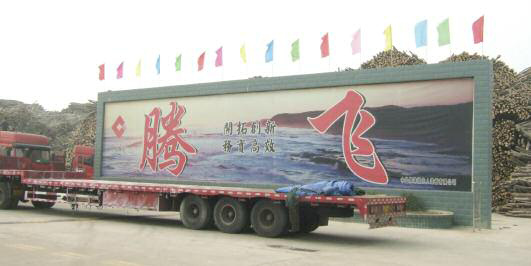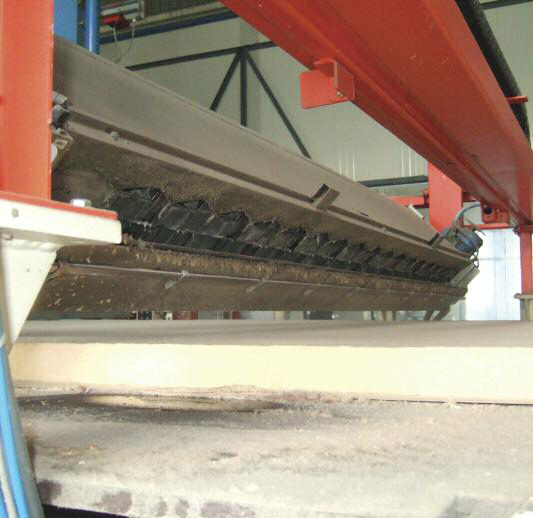Yingang has its sights set on market leadership
25 May 2011Hebei Yingang Man Made Board Co Ltd built its first panel line in 1993 in Zhengding, Hebei province. It was a Chinese-made multi-opening line with a capacity of 15,000m3/year.
Over the years, parent company China National Salt Industrial Company (CNSIC) has invested in its panel division and today, the renamed Yingang Wood Based Panel Co Ltd is aiming for a total production of 1.17 million m3 of fibreboard and particleboard in 2011.
That, according to Mr Fan Huazhi, the panel division’s larger-than-life general manager, is just the beginning.
“We have plans for more lines, but no more brand new lines, in China,said Mr Fan. “But we will buy other panel making companies in China. We are in discussion with two other companies already,he said when interviewed in March this year.
“In the Chinese market it is now time to change multi-opening presses to continuous ones – the way forward is to change old equipment,he said.
“Maybe we will buy 15 more lines from Siempelkamp in future. They will be four-feet-wide lines as it will be smaller-capacity companies that we buy. Also, the wood raw material is not so available and anyway, degassing of the mat is easier in the narrower press.”
But Mr Fan’s sights are not just set on China. “In the future, we want to build two lines abroad,he said, though he was not prepared to say publicly at this time where they would be built. Think ‘neighbouring’ countries with good wood resources and/or cheap labour, though.
“Yingang belongs ultimately to China Salt (CNSG) and that belongs to the government,he said. “If we invest overseas, the government will give us 30% funding ‘for free’.”
Meanwhile, back in China, Yingang has expanded rapidly already, having bought two lines from Siempelkamp since 2008.
These are in addition to the two Dieffenbacher CPS continuous lines which the company started up in 2004 and 2008, respectively (the first for MDF and the second for particleboard). Each line now produces around 200,000m3/year of panel.
When the particleboard line first went into production, it was utilising waste wood resulting from construction work in Beijing, about three hours away by road. Now there is less of that raw material available and the line is running on ‘fresh’ wood.
That move to continuous pressing resulted in the closure of three domestically-produced multi-opening lines as the company practiced what Mr Fan preaches about shutting down inefficient lines. He also needed the space on the quite-cramped Zhengding site.
The first of those Siempelkamp lines was built on a new, greenfield, site in Nanchong City, Sichuan province, and commenced production in January 2010. This was later than Mr Fan announced when I I nterviewed him in early 2008 when he expected to begin installing the line in September 2008.
The ContiRoll press is 28.8m x 8ft and has a design capacity of 200,000m3/year, which it is achieving, according to Mr Fan.
The second line was installed on another greenfield site, this time in Hubei province, near Suizhou City. This ContiRoll went into production in May 2010 and is 33.8m long and 8ft wide.
Both Siempelkamp lines have the same size wood preparation/refiner set-up and the same equipment throughout, and the same output capacity, even though the Suizhou press is longer. This is because the Nanchong line produces only thin HDF, while Suizhou makes mainly thicker MDF and low-density MDF, as well as some HDF.
“It is very easy to exceed the design capacity on the Suizhou line and we are making 1,000m3 every day,claimed Mr Fan. “The ContiRoll at Nanchong is very good at making thin board at high capacity and we are very pleased with it.”
For Siempelkamp, the future with Yingang looks very promising.
“We know in the future we will make more lines and last year my boss, who is head of China Salt, travelled overseas and visited Siempelkamp and made a contract with them as a basis for future cooperation. It is also the base of the equipment for Yingang and its development and we have a five-year plan.
“Yingang Company also aims to make a big change in the next two years, starting now, and this year our aim is for total capacity to increase to 1.2 million m3 and to achieve a turnover of RMB250bn in 2011 and a profit of RMB200m (US$31m).
“For the second year, the capacity will be 1.4 million m3, turnover RMB270bn and profit RMB300m. My boss says he will make Yingang the top manufacturer in China and the best in the world.A bold claim from a relative newcomer to larger-capacity lines.
“We have the best equipment and very good wood so we must be able to produce a good board and by the end of 2011 we will have established a good name as the ‘Yingang’ brand. Next year, our aim is that when Yingang’s price rises, other companies’ thin board will follow. If our price falls, others will again follow, because our quality and volume will have a big influence on the market.”
Mr Fan feels that a major part of Yingang’s advantage lies in the light colour of its raw material – poplar. “Customers in China always focus on board colour. Just like a good-looking lady will find a good husband, good board will get a good influence in the market!”
Having mills in different provinces is, Mr Fan feels, a strength for Yingang as the cost of transportation is limited by having shorter distances to both raw material and market.
On whether total MDF capacity in China is now enough, Mr Fan is not so sure.
“It is not easy to say. People have been saying ‘enough’ for some time but when more lines are built, they still seem to sell their production.
“There is an increasing demand for furniture as people become better off but nobody really knows how far the market can go. If there was too much [capacity] the price would drop, but it hasn’t.”
